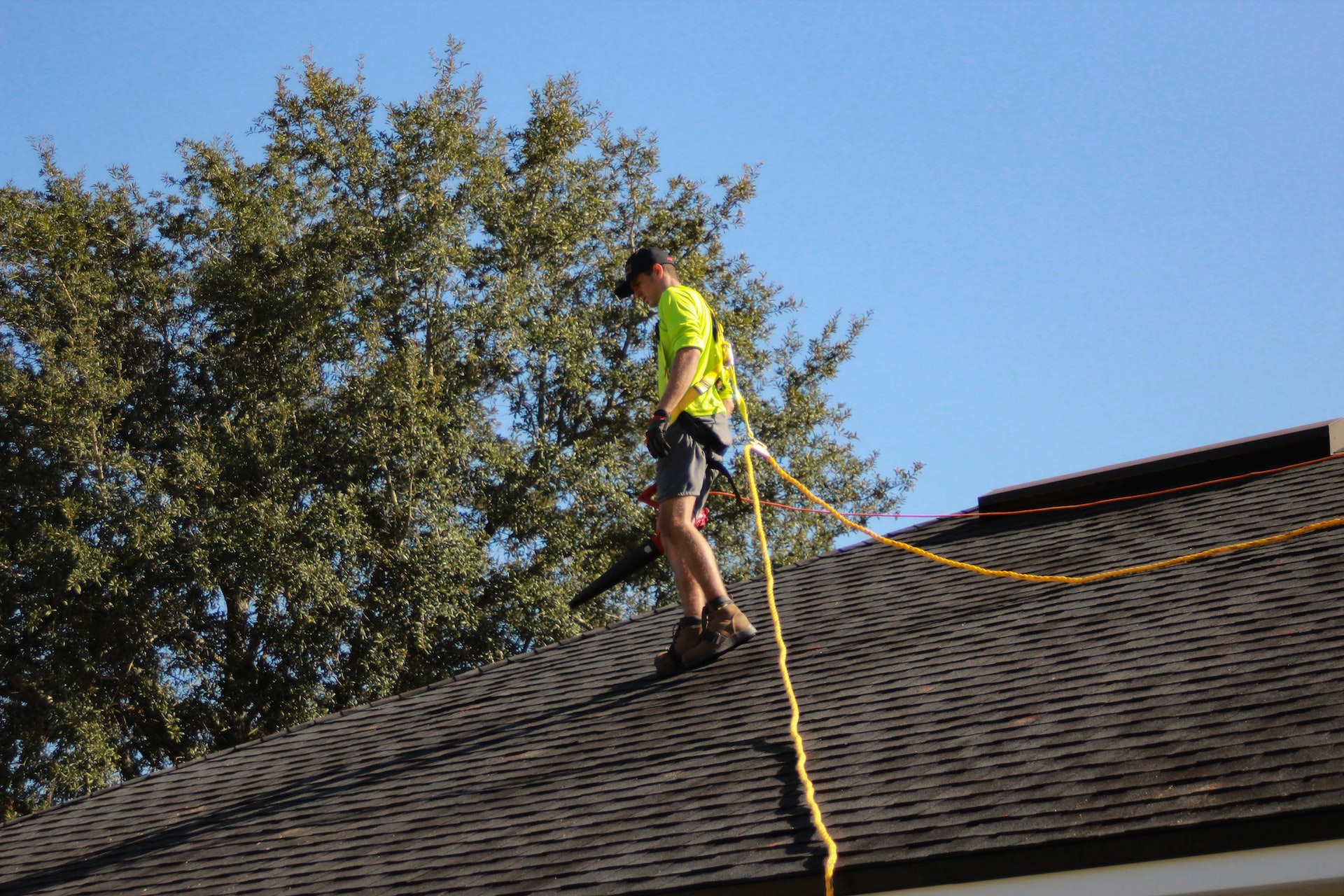Your roof is a crucial part of your home, but it’s easy to forget about it until it’s too late. As such, many don’t realise there’s an issue until water starts coming through, causing problems for them. While you can often repair a roof and keep it in good condition, there will be times when you’ll need to fully replace it. When will you need to replace your roof?
Inspecting Your Roof
If you’re not keeping an eye on the roof, problems can go unchecked for far too long. Leave it for long enough, and that’s going to cause issues that will hasten the need to replace the roof entirely. Because of this, regularly inspecting your roof will go a long way towards elongating that roof’s lifespan.
It’s generally advised that you inspect your roof at least twice a year, so you can quickly catch any problems. Start from the outside with a visual inspection, which should be done from the ground for safety. If you want a closer look, binoculars will help you get it without you having to climb up.
Once you’ve checked outside, you’ll want to take a look inside too. Go up into your attic, and look for any issues that could lead to the roof needing attention. If you see anything that looks like an issue, even for smaller things such as shingles needing replacement, it’s often best to call a roofer to handle it for you. They can do so safely and effectively, so your roof will be in top condition.
Consider The Age Of Your Roof
If you’re not sure about replacing your roof vs. repairing it, you’ll need to take the age of your roof into account. All roofing materials will have an average lifespan, and if your roof is nearing its maximum age, then you’ll want to look into replacing it. Repairing an older roof will cost you money in the long run, as the roof starts to break down and needs more repairs.
The average age of your roof will depend on the roofing materials used in its construction. An asphalt shingle roof, for example, will last around 25 – 30 years when well taken care of. A metal roof will last a lot longer, going as long as 50 – 75 years.
When you’re having your roof replaced, you should take these life spans into consideration. If you don’t want to have to consider replacing it again, a longer lasting roof like a metal roof would be a good option. However, they are more expensive and asphalt shingle roofs will offer a lot of protection for a lower price. They all have their benefits, so it will depend on what you need.
Signs Your Roof Needs Replacing
With the above in mind, you’ll need to know the signs that your roof is nearing the end of its lifespan. Here are some of the signs that a full replacement is needed, rather than a repair.
Missing granules: The granules on an asphalt shingle roof are a layer that helps protect them from the elements. You will see some loss over time, thanks to the elements. During your inspection though, look for large amounts of missing granules, or more than usual sitting in the gutters. That’s a sign that the shingles are nearing the end of their life span.
Damaged shingles: There are a few different ways that shingles can take on damage, and you want to be on the lookout for them. For example, they can start to curl up at the edges, ‘bruising’ where hail stones have hit them, cracks and missing shingles.
If only one or two shingles are damaged, then you can have them replaced without much issue. That’s especially true if the roof is newer. If you’re seeing a lot of damage to the shingles over a widespread area, then that’s a sign that there are underlying issues.
When the shingles are curling, for example, that shows that they are ageing, were installed incorrectly, or are reacting to a lack of ventilation in your roof. If you’re seeing these issues, it’s likely time to replace the roof.
Moisture damage from algae: If you’re dealing with moisture issues in your roof, the culprit may be algae growth. This will often show up looking like streaks on your roof tiles or shingles. The algae feeds on the limestone in your shingles, and starts to grow. As it grows, it traps moisture underneath the shingles and this leads to water damage.
If the algae has been left for long enough, the damage may be severe enough to warrant a full roof replacement. You can prevent this in the future by using zinc or copper strips on your roof, and cleaning the roof with dedicated cleaning agents when needed.
Wind and storm damage: Have you experienced a storm recently in your area? It’s very important that you check your roof right away, to see what kind of damage has been done.
If the storm was severe enough, you’ll see wind damage that has lifted up large sections of shingles. That will loosed the sealant and the nails, meaning that these sections need to be replaced quickly. If a lot of the roof looks like this, it may require you to have it replaced.
Exposed nails: Typically, the nails holding down the shingles on your roof shouldn’t be exposed. In your inspection, if you’re seeing a lot of exposed nails, you’ll need to consider roof replacement. These lead to leaks, as they start to rust and allow water in. You want to avoid this happening, as leaks will lead to more repairs down the line.
These are just a few signs that it’s time to replace your roof. If you’re still not sure, it’s always a good idea to call on a roofer and ask for their opinion. They’ll let you know if the roof has reached the end of its lifespan and needs replacement.

